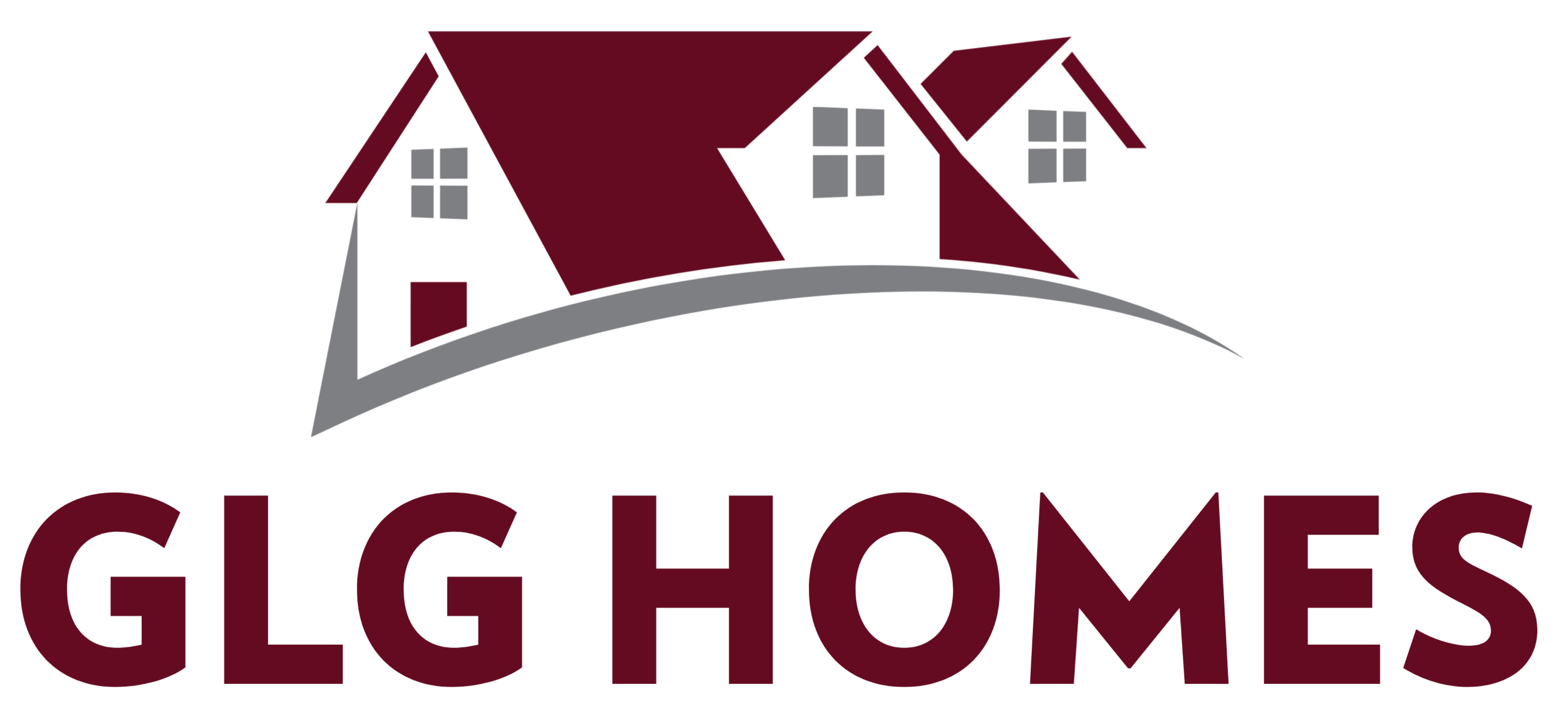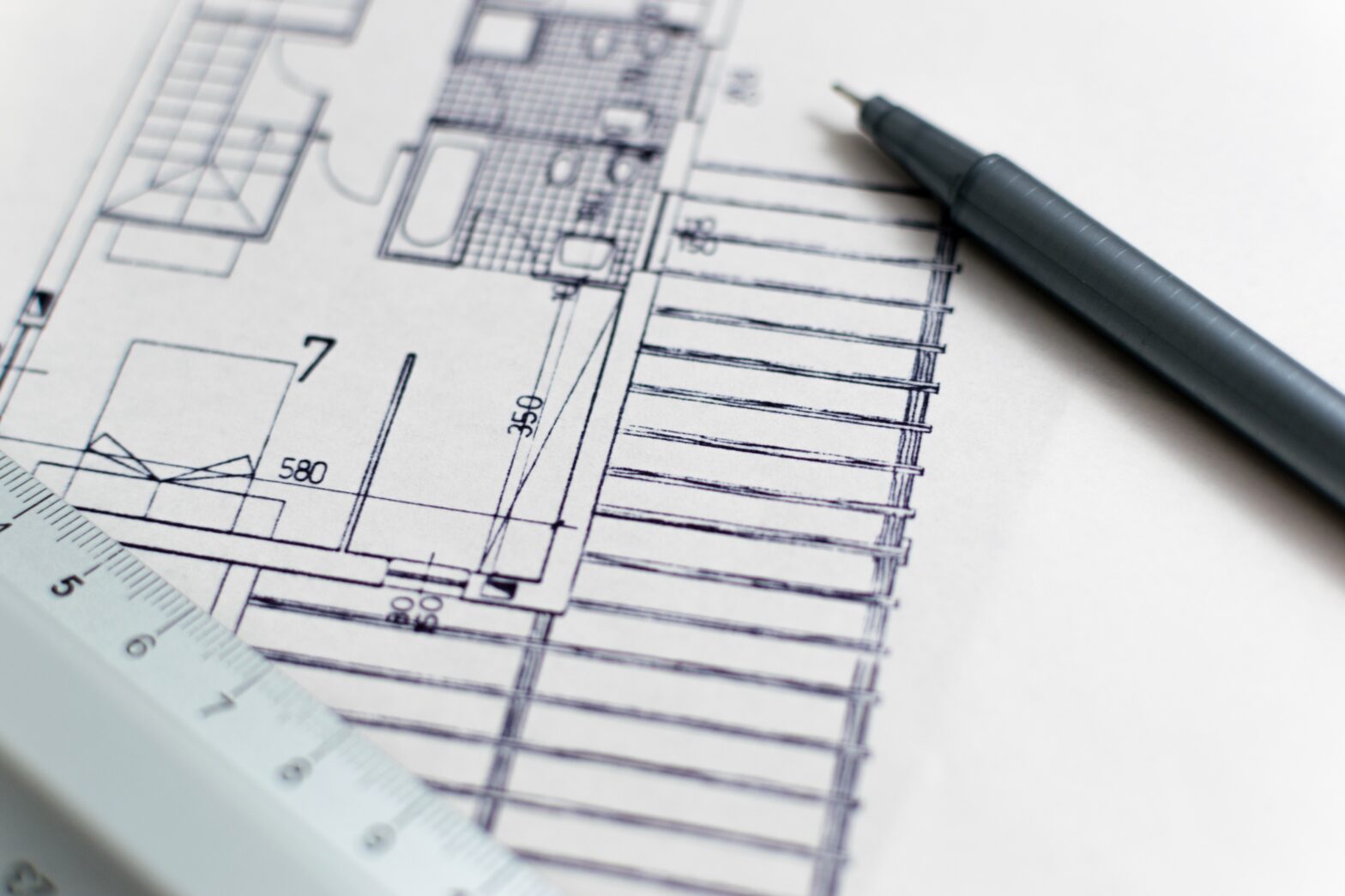Embarking on a home renovation is an exciting journey, but it can also be overwhelming, especially when trying to balance personal needs without getting overly design-specific. Whether you’re renovating a single room or considering a whole-house transformation, a practical approach to planning can make the process smoother and more tailored to your lifestyle.
1. Identify Your Priorities:
Start by identifying your priorities. What aspects of your home do you want to improve, and what are your primary needs? Whether it’s creating more functional spaces, enhancing energy efficiency, or addressing safety concerns, understanding your priorities will guide the entire renovation process.
2. Assess Lifestyle Changes:
Consider your current and future lifestyle needs. Are you working from home more often? Do you need additional storage for a growing family? By anticipating lifestyle changes, you can ensure that the renovation addresses both immediate and future requirements.
3. Create Flexible Spaces:
Aim for flexibility in your design. Instead of overly specific layouts or built-ins, consider versatile furniture and storage solutions that can adapt to changing needs. This approach allows your home to evolve with you, accommodating different uses over time.
4. Invest in Quality and Durability:
When making design choices, focus on quality and durability. Opt for materials and finishes that stand the test of time, both in terms of style and functionality. This not only ensures a longer lifespan for your renovation but also reduces the need for frequent updates.
5. Incorporate Universal Design Principles:
Explore universal design principles to make your home more accessible and accommodating to people of all ages and abilities. Simple modifications, such as wider doorways or lever-style handles, can enhance the usability of your space without sacrificing style.
6. Balance Trends with Timelessness:
While it’s tempting to incorporate current design trends, aim for a balance between trendy elements and timeless features. This ensures that your renovation remains appealing and relevant for years to come, reducing the likelihood of needing frequent updates.
7. Consider Energy Efficiency:
If sustainability is a priority, consider energy-efficient upgrades during your renovation. This could include energy-efficient appliances, improved insulation, or the incorporation of renewable energy sources. These changes not only benefit the environment but can also result in long-term cost savings.
8. Budget Wisely:
Establish a realistic budget that aligns with your priorities. Allocate funds based on the areas that matter most to you, whether it’s a dream kitchen or a comfortable home office. Prioritizing your spending ensures that you get the most value from your renovation investment.
9. Seek Professional Guidance:
Enlist the help of professionals such as architects or designers who understand your vision and can translate it into practical solutions. Their expertise can help you navigate design choices, materials, and potential challenges while ensuring that the renovation aligns with your personal needs.
10. Embrace Iterative Planning:
Above all, renovation planning is an iterative process. Be open to refining your plans as you go, especially if unexpected challenges or opportunities arise. Flexibility in your approach allows for adjustments that better suit your evolving vision.
g.

